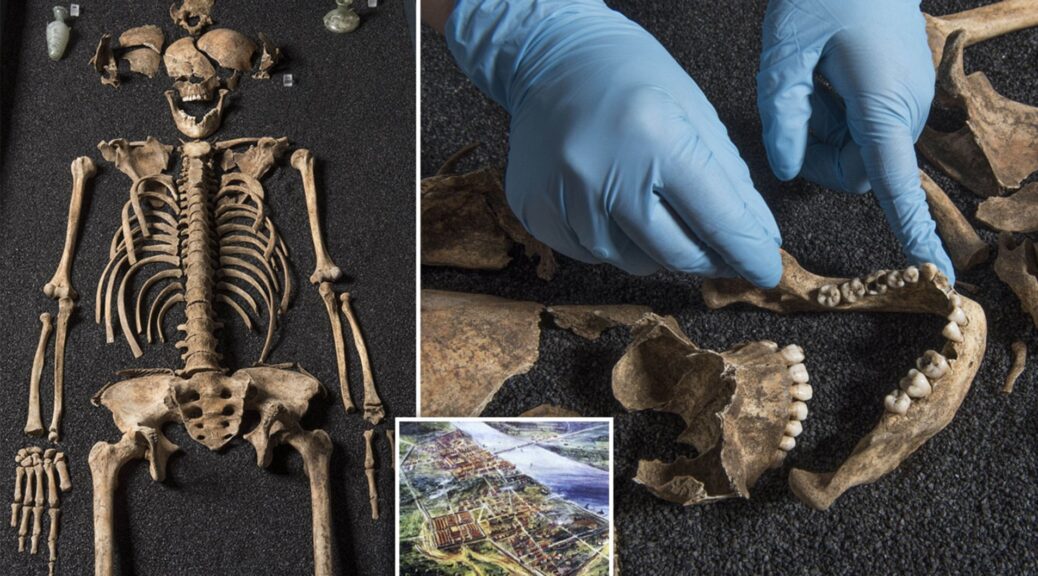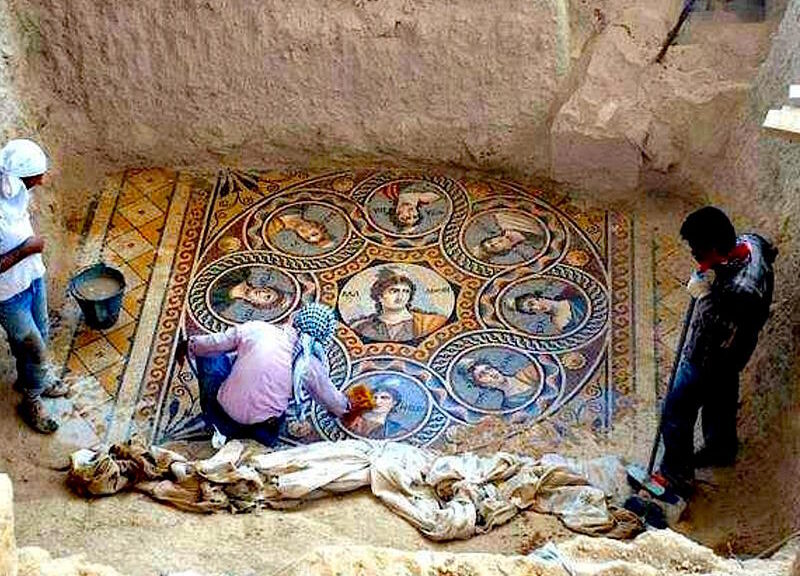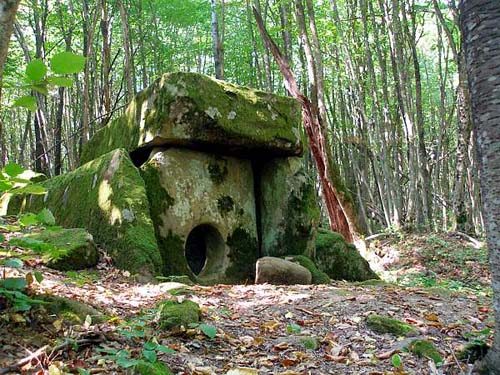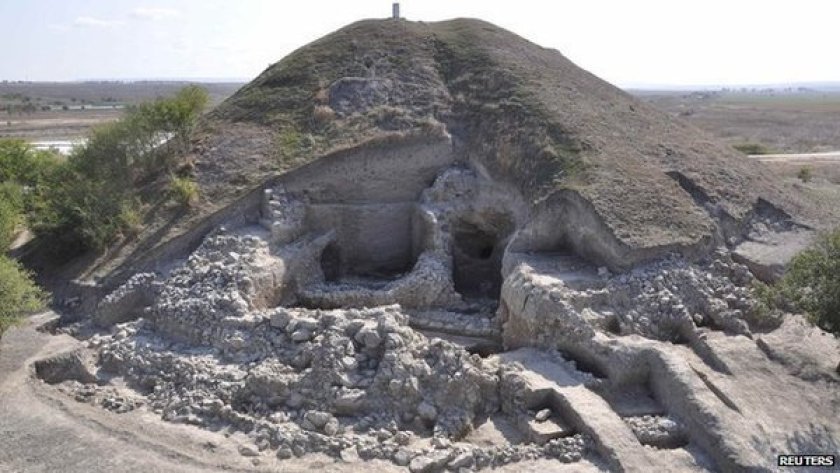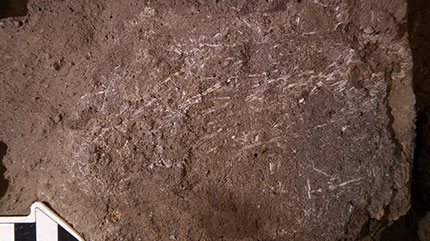Chinese skeletons found in roman cemetery promise to rewrite history
They were two powerful, ancient empires separated by more than 5,000 miles of imposing mountain ranges, barren desert, and exposed steppe grasslands.
Yet a collection of seemingly unremarkable bones discovered in a Roman cemetery in London has provided new insights into the links between the Roman Empire and Imperial China.
Analysis has revealed that two skeletons dating from between the 2nd and 4th Century AD unearthed at the site in the city’s Southwark area may have been Chinese.

The findings promise to rewrite the history of the Romans as it suggests these two great empires had far greater connections than previously believed. While it is known that there was extensive trade between China and ancient Rome along what became known as the Silk Road, the two empires are thought to have viewed each other warily.
Accounts from the time suggest the Chinese were curious about the ‘tall and virtuous’ people of Rome, while the Romans found their rivals in the east mysterious but valued their silk cloth.
Despite the trade between the empires, however, only one person of Asian ancestry has ever been found on sites dating back to the Roman Empire – an adult man unearthed at Vagnari in Italy.
But now research led by the Museum of London has revealed two more individuals of Asian ancestry, buried among the remains of other citizens of ancient Londinium. According to the Times, while experts have not been able to identify their exact origins, it is likely these people had come from China.
Writing in the Journal of Archaeological Science, Dr. Rebecca Redfern, an archaeologist at the Museum of London, said how they ended up there is a mystery.
She and her colleagues said: ‘The expansion of the Roman Empire across most of western Europe and the Mediterranean, led to the assimilation and movement of many ethnically and geographically diverse communities.

‘Its power and wealth meant that it also had trade connections for raw materials and products, such as silk throughout Europe, Africa and also to the east, including India and China.
‘Many people travelled, often vast distances, for trade or because of their occupation, for example in the military, or their social status, for example, if they were enslaved.’
However, other skeletons found in the same cemetery reveal another intriguing possibility. Forensics experts at Michigan State University matched the shape and morphology of 22 skulls found at the site to their ancestry.
It suggests at least four of the skeletons were from Africa while two were Asian. Isotope analysis also suggested that five of the individuals appear to have come from the Mediterranean. It suggests that the bustling suburb of London to the south of the River Thames had enjoyed a rich immigrant population who seemed to have a similar status to locals living in the area, at least in death.
This raises the possibility that perhaps these Chinese visitors had in fact settled in the area, even setting up their own trade in the busy heart of Roman Britain. While it may never be possible to unravel exactly what they were doing there, Dr. Redfern and her colleagues say it was clear there were more foreigners in Europe than had been previously realized.


They are hoping that DNA analysis of some of the remains might help to further unravel some of the ancestries of those who were buried in Southwark. For example, it may reveal whether the individuals had been relatively new arrivals from their distant lands or were the offspring of people who had been brought to Britain as slaves.
The remains of one teenage girl who was found at the site were also discovered with an ivory folding knife carved into the shape of a leopard. Similar styles of knives have been found to be linked to Carthage. Isotopes from her teeth suggested she had grown up in North Africa, suggesting she had been brought to London after growing up in Africa.
However, DNA tests revealed the teenager had blue eyes and a maternal ancestry that could be traced to south-eastern Europe and west Eurasia, at the eastern fringes of the Roman Empire. It is possible she had been a slave captured during one of the many wars between Rome and Carthage, say the archaeologists.
At the time when the people are thought to have lived, the Roman Empire was at its peak before it split into two halves. China was in the hands of the Han Dynasty, considered to be the most prolific period of cultural and technological advances in the ancient empire.
Writing in the journal, Dr. Redfern said: ‘It may well be that these individuals were themselves or were descended from enslaved people originating from Asia, as there were slave-trade connections between India and China, and India and Rome.’
Isotope analysis has also provided some clues about the diets of those buried in the cemetery. Dr. Redfern and her colleagues added: ‘Diets were found to be primarily C3-based with limited input of aquatic resources, in contrast to some other populations in Roman Britain and proximity to the River Thames.’
